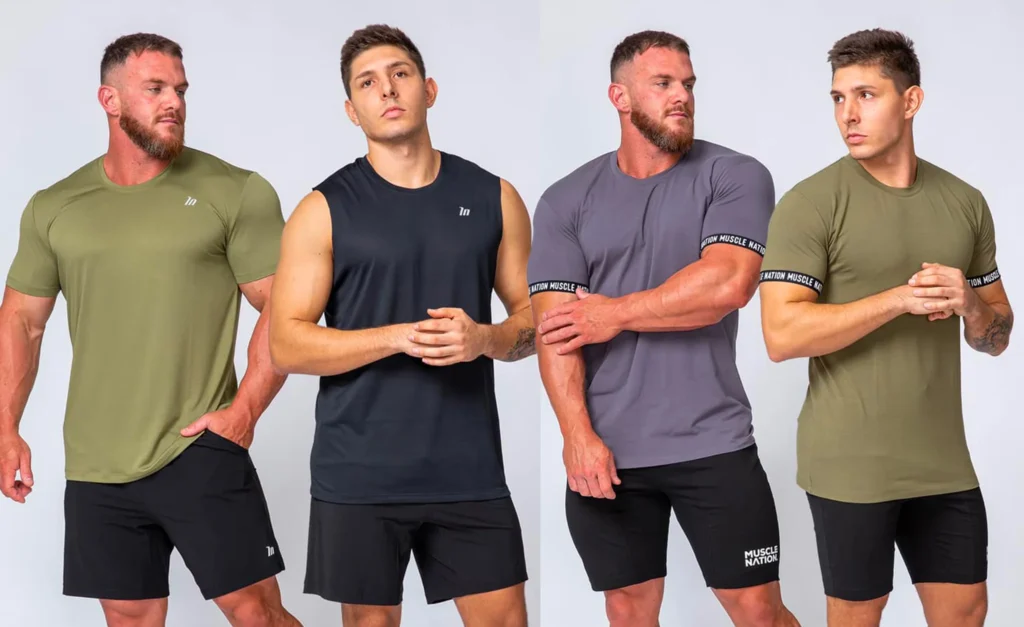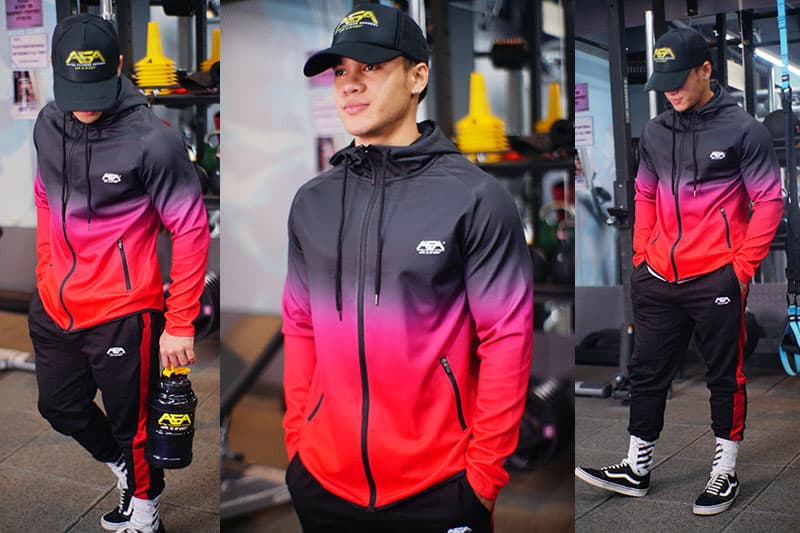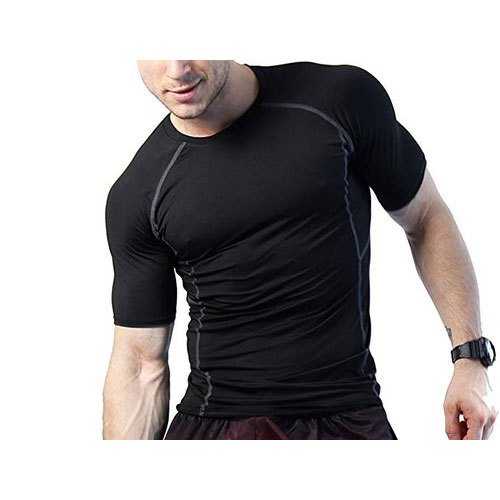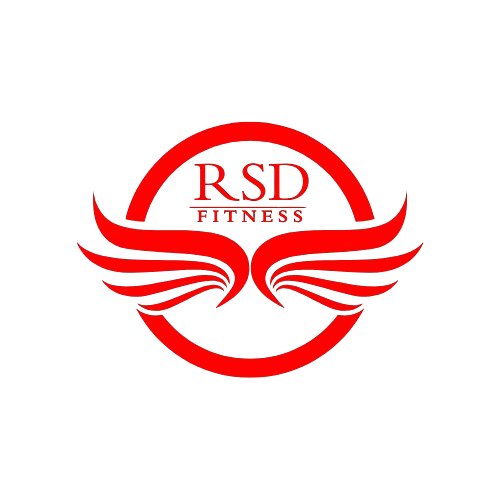

Introduction
Selecting the right gym wear is crucial for both performance and comfort. Whether you’re lifting weights, running on a treadmill, or practicing yoga, what you wear can impact your workout. The right gym wear should provide support, wick away sweat, and allow a full range of motion. This guide will help you understand the factors to consider when choosing gym wear, the different types available, and how to match your attire to your fitness goals.

1. Importance of Gym Wear
- Enhance Performance: The right clothing can support your muscles, help regulate body temperature, and provide the flexibility needed for various movements. Compression garments, for instance, are designed to enhance blood flow and muscle support, which can lead to better performance and faster recovery.
- Prevent Injury: Well-fitted gym wear, such as supportive shoes and compression wear, can help prevent injuries. For example, improper footwear can lead to shin splints or knee pain during running.
- Ensure Comfort: Gym wear made from breathable, moisture-wicking fabrics can prevent chafing, overheating, and the buildup of sweat. Comfortable gym wear allows you to focus on your workout instead of adjusting ill-fitting clothes.
- Boost Confidence: Wearing gym clothes that fit well and look good can motivate you to work out harder and feel more confident during your sessions. It’s been shown that dressing the part can psychologically impact performance—a phenomenon called “enclothed cognition.”
2. Factors to Consider When Choosing Gym Wear
Choosing the right gym wear is not just about style—though feeling good in your clothing can boost confidence—it’s also about functionality. Proper gym wear can:
When choosing gym wear, consider the following factors to ensure your clothing is both functional and comfortable:
Material
- Moisture-Wicking Fabrics: Materials like polyester, nylon, and spandex are designed to wick sweat away from the skin, keeping you dry and comfortable during workouts. These synthetic fabrics allow moisture to evaporate quickly, preventing the accumulation of sweat.
- Breathability: Look for fabrics with ventilation or mesh panels that allow air to circulate, keeping you cool during intense workouts. Cotton is breathable, but it tends to absorb moisture, making it a less ideal choice for high-intensity exercises.
- Stretchability: Stretchy fabrics, such as spandex or elastane, provide the flexibility needed for a wide range of motion. This is especially important for activities like yoga, Pilates, or weightlifting, where unrestricted movement is crucial.
Fit
- Comfortable and Supportive Fit: Gym wear should be fitted but not too tight. A snug fit can support your muscles during workouts, but overly tight clothing may restrict movement and cause discomfort. Opt for a fit that allows you to move freely while providing some compression.
- Choose the Right Size: Wearing the wrong size gym wear can hinder performance. Clothing that’s too loose can get caught in equipment, while clothing that’s too tight can restrict blood flow or cause chafing. Take time to find the right size and consider that some brands may have different sizing standards.
Durability
- Quality of Fabric: Gym wear should be durable enough to withstand frequent washing and intense workouts. Look for gym wear made with high-quality materials that can endure stretching, sweating, and washing without losing shape or functionality.
- Seam Construction: Pay attention to the seams of your gym wear. Flatlock seams, which lay flat against your skin, can prevent chafing and increase comfort. Reinforced seams will also make the clothing more durable, especially for activities that involve repetitive movements.
Climate Considerations
- Warm Weather: If you’re working out in hot or humid conditions, opt for lightweight, breathable, and moisture-wicking fabrics. Loose-fitting clothing with mesh panels can also help you stay cool.
- Cold Weather: In colder climates, layering is key. Look for base layers made of moisture-wicking fabrics that trap heat without trapping moisture. Top it off with insulated jackets or leggings made of fleece or thermal materials.
Support
- Sports Bras and Compression Gear: For women, a well-fitting sports bra is essential. The level of support needed depends on the intensity of your workout. For high-impact activities like running or HIIT, opt for a high-support bra. For lower-impact activities like yoga, a medium- or low-support bra may suffice.
- Compression Wear: Compression clothing is designed to improve circulation, reduce muscle fatigue, and enhance recovery. Compression leggings, shorts, and tops can help keep muscles warm, reduce vibration, and minimize the risk of injury.

3. Gym Wear for Different Types of Workouts
Different workouts require different types of gym wear. The right clothing for running, for example, may not be ideal for weightlifting or yoga. Here’s how to choose gym wear based on the activity:
Running
- Clothing: For running, choose lightweight, breathable, and moisture-wicking clothing. Running shorts or leggings should be snug to prevent chafing, while tops should allow for ventilation. Reflective elements are also a plus for safety during evening or early morning runs.
- Footwear: Running shoes should be cushioned and provide good arch support to absorb shock and prevent injury.
Weightlifting
- Clothing: When weightlifting, opt for fitted clothing that won’t get caught on the barbell or machines. Compression shorts or leggings are a popular choice as they provide muscle support and enhance blood flow. A moisture-wicking tank or T-shirt will keep you dry.
- Footwear: Weightlifting shoes with flat, solid soles provide stability and improve lifting form, especially during squats and deadlifts.
Yoga and Pilates
- Clothing: For yoga and Pilates, flexibility and comfort are key. Choose soft, stretchy leggings and form-fitting tops that stay in place during movements. Breathable fabrics that allow freedom of movement are essential.
- Footwear: Yoga is typically done barefoot, but if needed, you can use yoga socks that have grips on the soles to prevent slipping.
High-Intensity Interval Training (HIIT)
- Clothing: HIIT workouts involve rapid movements and intense bursts of energy, so opt for compression wear that supports your muscles and wicks away sweat. Choose clothing that stays in place and doesn’t require constant adjustments.
- Footwear: Cross-training shoes are ideal for HIIT as they offer lateral support and cushioning for quick movements.
Cycling
- Clothing: For cycling, choose padded cycling shorts to reduce friction and provide comfort during long rides. A fitted, moisture-wicking jersey is also essential for temperature regulation.
- Footwear: Cycling shoes with cleats provide better power transfer and efficiency when pedaling.
4. Choosing the Right Footwear
Footwear is one of the most important considerations when choosing gym wear. The right shoes can prevent injuries, enhance performance, and provide comfort during workouts. Here’s how to select the right footwear for different activities:
- Running Shoes: These should be lightweight, with good cushioning and arch support. Look for shoes with a breathable upper and a sole that absorbs shock.
- Weightlifting Shoes: For weightlifting, shoes with flat soles and minimal cushioning are best. They provide stability and help with proper posture during lifts.
- Cross-Training Shoes: These are versatile and offer lateral support, making them suitable for various types of workouts, including HIIT, gym classes, and light weightlifting.
- Cycling Shoes: Designed to clip into pedals, cycling shoes have stiff soles that optimize power transfer from your legs to the pedals.

5. Style and Aesthetics
While function is the priority when choosing gym wear, style is also important for many people. Wearing gym clothes that you feel confident in can boost motivation and performance. Look for brands that offer a combination of functionality and style. You may want to choose gym wear in colors and designs that make you feel good and align with your personal style.
6. Budget Considerations
Gym wear comes in a wide range of prices, from budget-friendly options to high-end brands. When budgeting for gym wear, consider your needs and how often you’ll be using the items. Investing in a few high-quality pieces, such as a good pair of shoes, compression wear, and moisture-wicking tops, can make a significant difference in comfort and performance. However, budget-friendly brands also offer durable and functional options that can suit beginners or those on a tighter budget.

Conclusion
Choosing the right gym wear is an investment in your performance, comfort, and overall fitness experience. Whether you’re a runner, weightlifter, or yogi, selecting gym clothes that suit your activity, body type, and preferences can improve your workout results and keep you motivated. By focusing on the right materials, fit, durability, and support, you’ll set yourself up for success and enjoy a more comfortable, productive workout. Whether you’re a beginner or a seasoned athlete, the right gym wear will help you look, feel, and perform your best.

